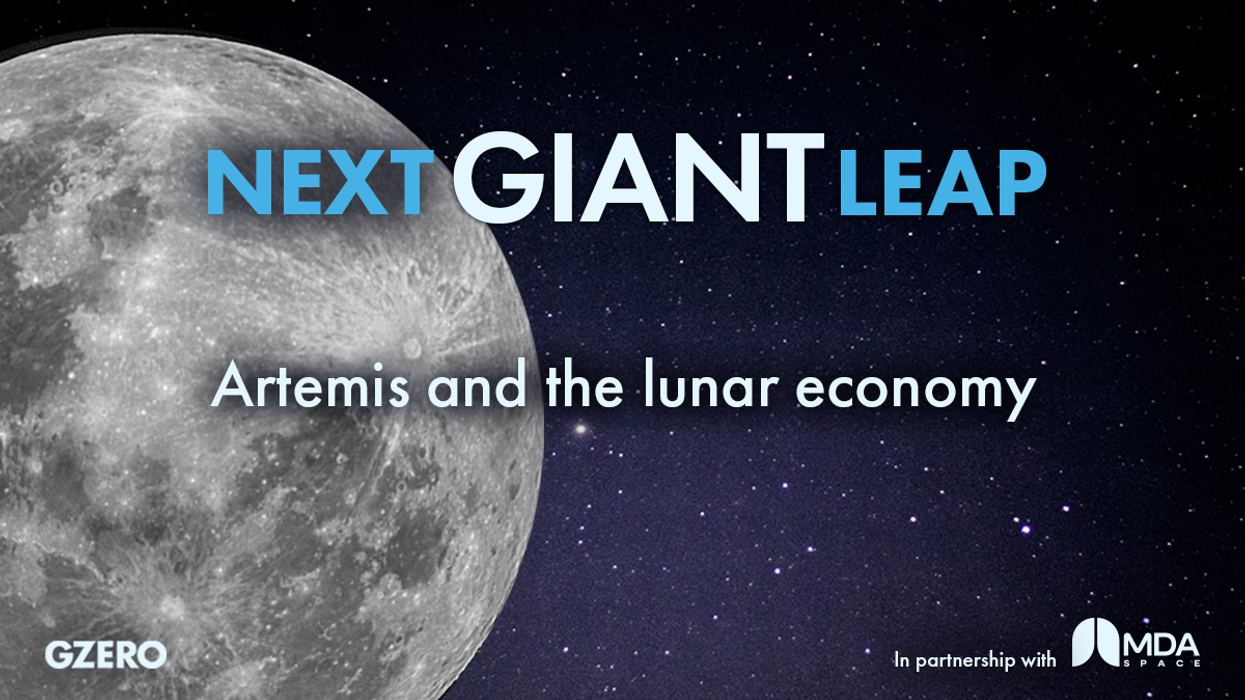Next Giant Leap
The future of space: congested and contested
Listen: Space might be a big place but the United Nations regards it as ‘congested, contested and competitive’. This latest episode of Next Giant Leap, a podcast produced by GZERO Media in partnership with the space company MDA Space, explores the threats and tensions as space becomes busier and of greater strategic importance for an increasing number of countries.
Jul 06, 2023



